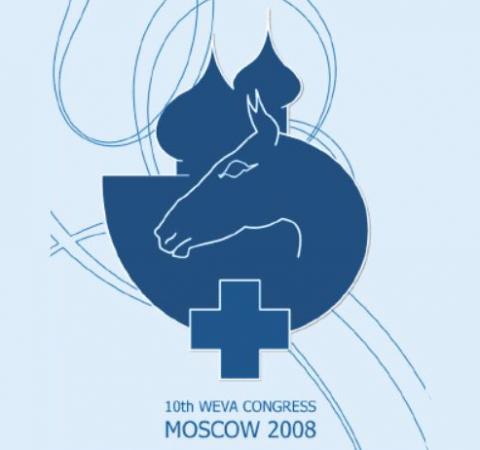Get access to all handy features included in the IVIS website
- Get unlimited access to books, proceedings and journals.
- Get access to a global catalogue of meetings, on-site and online courses, webinars and educational videos.
- Bookmark your favorite articles in My Library for future reading.
- Save future meetings and courses in My Calendar and My e-Learning.
- Ask authors questions and read what others have to say.
Clinical Assesment of the Neurologic Patient
Get access to all handy features included in the IVIS website
- Get unlimited access to books, proceedings and journals.
- Get access to a global catalogue of meetings, on-site and online courses, webinars and educational videos.
- Bookmark your favorite articles in My Library for future reading.
- Save future meetings and courses in My Calendar and My e-Learning.
- Ask authors questions and read what others have to say.
Read
This paper aims to assist the equine practitioner to localise neurologic lesions by way of a neurologic examination and to discuss details pertinent to accurately defining the site and cause of neurologic disease.
The basic functional unit of the nervous system is the neuron. The neuron is the name given to individual (complete) nerve cells. Impulses are transmitted down the axon and transmitted to other nerves by synapses by release of chemical mediators.
A chain of communicating neurons is called a TRACT within the central nervous system and a NERVE when outside the CNS. The peripheral motor nerves connect with muscles via the neuromuscular junction and impulses are again transmitted through chemical mediators released from the nerve ending into the motor end plate. The spinal cord is shorter than the vertebral column. In the horse the cord ends around the first to second sacral vertebra but the nerve rods continue down the vertebral canal as the cauda equina. The spinal nerve’s exit the vertebral canal 1 – 3 vertebrae caudal to where they leave the spinal cord, except the coccygeal nerves that travel 10 - 50 cm before exiting the canal.
Blood supply to the brain is mainly derived from the vertebral and carotid arteries. The internal carotid artery supplies the rostral cerebrum while the vertebral artery supplies the caudal portion of the cerebrum and the cerebellum and most of the brainstem.
Cerebrospinal fluid is produced by the choroid plexus into the lateral ventricles and then it passes into the (single, midline) third and fourth ventricles. From here it exits the brain and passes into the sub-arachnoid space (between the arachnoid and the pia mater).
The spinal cord comprises a central grey matter region containing cell bodies and synpases, surrounded by a white mater region made up of ascending and descending tracts. The ascending pathways carry sensory information from the body to the brain including pain and light touch, temperature and proprioception information. The descending ones carry motor messages down to the body from the brain. There are various crossing over points in the spinal cord. [...]
Get access to all handy features included in the IVIS website
- Get unlimited access to books, proceedings and journals.
- Get access to a global catalogue of meetings, on-site and online courses, webinars and educational videos.
- Bookmark your favorite articles in My Library for future reading.
- Save future meetings and courses in My Calendar and My e-Learning.
- Ask authors questions and read what others have to say.




Comments (0)
Ask the author
0 comments